In Brief
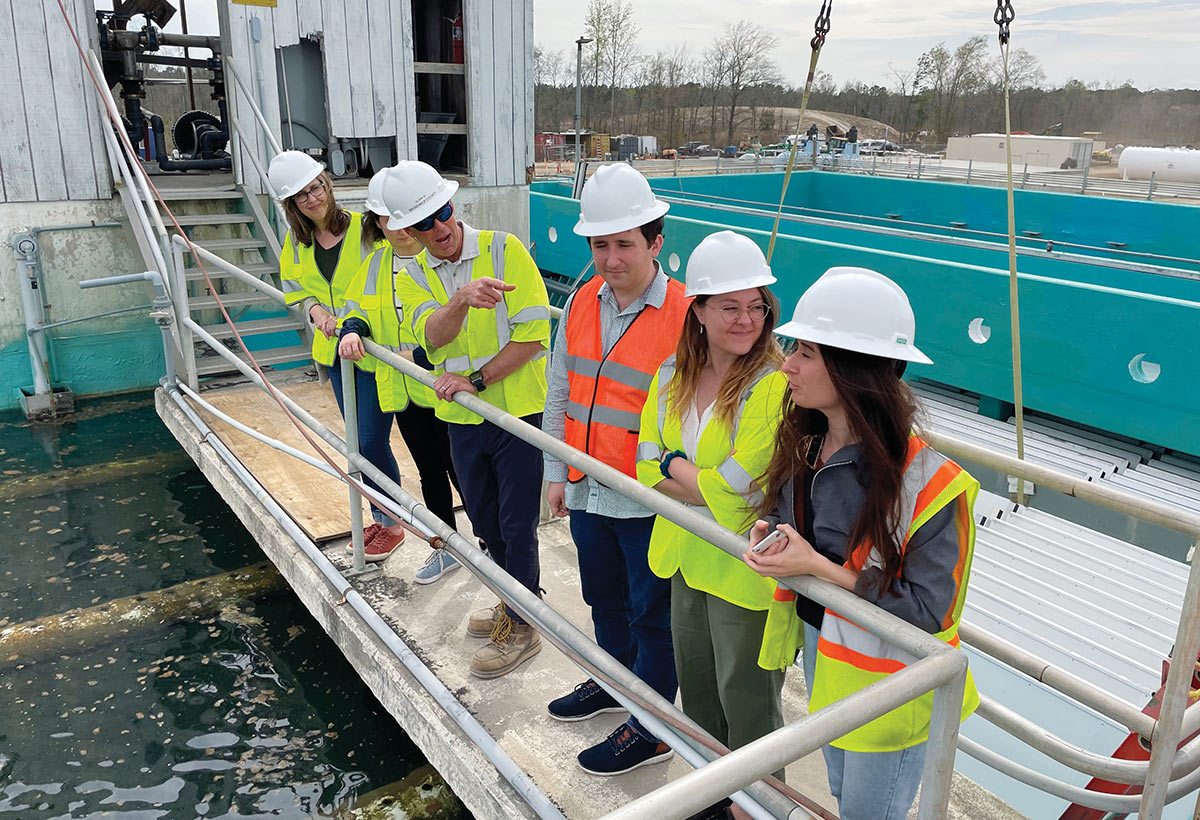
Taking on Toxic Polluters
In 2019, the clinic teamed with an Inupiaq leader, a Gulf Coast fisher, a marine toxicologist, and environmental nonprofits to pressure the EPA to create a better oil spill response plan. As a result of the clinic’s win in court, this past June the agency issued new rules regarding dispersants, which require expanded toxicity testing, disclosure of product ingredients, and greater local input in decisions to use dispersants.
In parallel, the clinic is pursuing a major project to address the toxic chemical family PFAS, whose ubiquity in drinking water is emerging as a nationwide crisis. Working with a community group in North Carolina, the clinic recently filed a voluminous “communication” with the United Nations alleging that a DuPont/Chemours facility has unlawfully emitted and discharged PFAS into the Cape Fear River basin for decades, contaminating drinking water for more than 500,000 residents.
It’s the first time a U.S. group has asked the U.N. to characterize a community’s pervasive PFAS contamination as a human rights violation under international law.
“People, pets, and livestock are sick and in some cases dying from health conditions caused by PFAS exposure,” says clinic Director Claudia Polsky ’96. “This crisis is founded in weak U.S. chemical safety laws, the under-enforcement of existing laws, and political leaders’ insufficient will to hold polluters to account.”
The U.N. has already signaled keen interest.

Improving Relations Between Media and Courts
“It doesn’t have to be that way,” says Berkeley Judicial Institute Executive Director and former federal judge Jeremy Fogel. “The work of the press, like that of the courts, is vital to a thriving democracy.”
Encouraging new ways to make their relationship mutually productive, the institute held three virtual summer programs to help both camps pull back the curtain on courts a bit more.
Free and open to the public, each event featured Fogel, retired federal and bankruptcy Judge Bernice Donald, Administrative Office of the U.S. Courts public affairs specialist Charles Hall, U.S. District Court of Colorado Senior Judge Marcia Krieger, and Reuters journalist Dan Levine. They addressed why and how judges should communicate with the media, and how to help them better grasp court nuances and optimal ways to work with judges during an active case.
While the U.S. Supreme Court has a dedicated, largely knowledgeable press corps, lower-level courts often don’t and reporters inexperienced in court can easily misunderstand common practices, Fogel explains. Communicating with the media under the right circumstances and in the right way, he adds, bolsters public confidence and understanding of the judiciary.
While judges may not speak directly about pending cases, they should work “to ensure that court officials are sensitive to the needs of reporters … and develop trusting professional relationships with reporters who cover the courts regularly,” Fogel says. “That can improve both the accuracy of reporting and judges’ understanding of public concerns.”
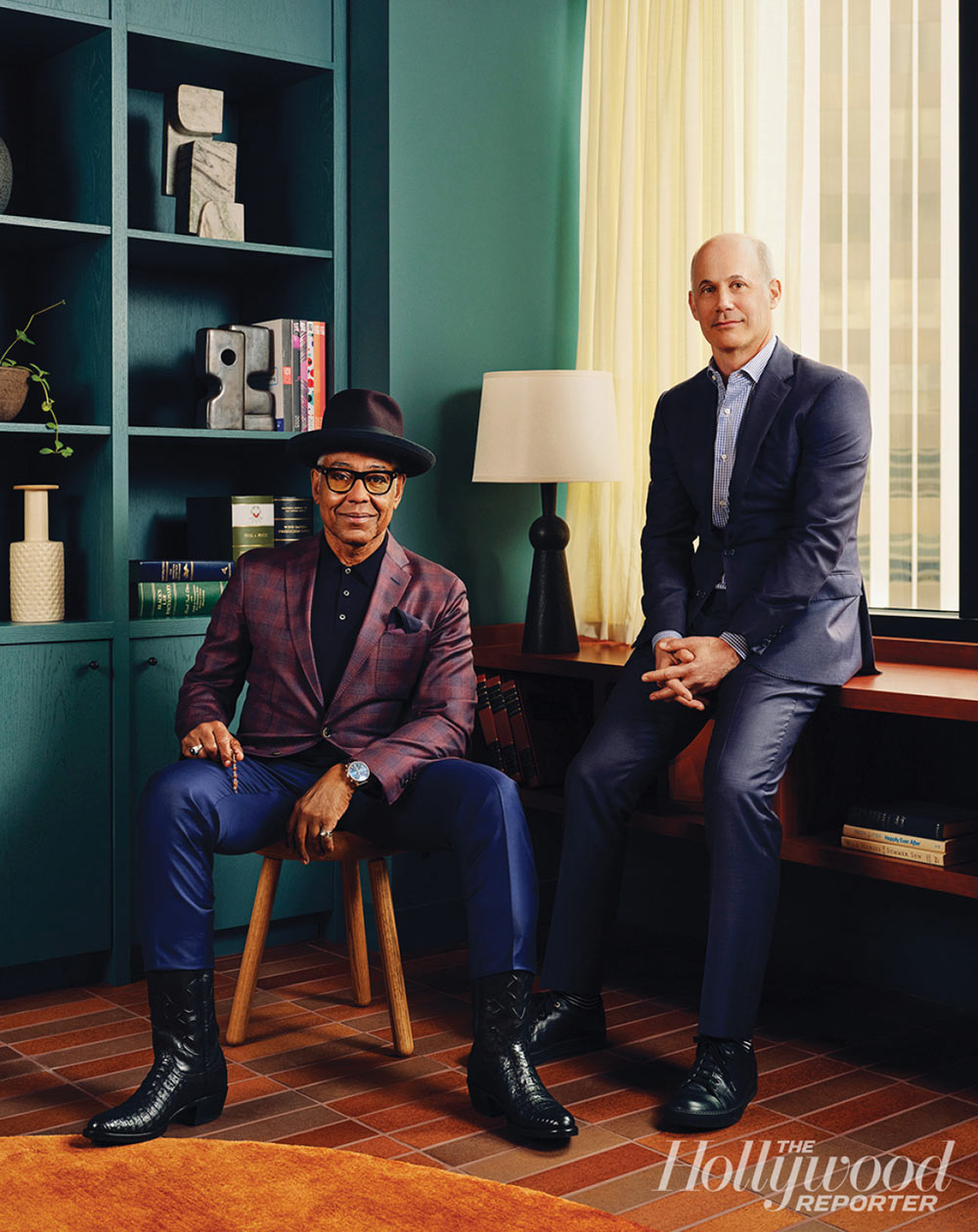
Entertainment Law Haven
Billboard named seven alumni to its 2023 Best Music Lawyers list: Latham & Watkins partner Andrew Gass ’08, Gibson Dunn & Crutcher partner Scott Edelman ’84, Pryor Cashman partner Frank P. Scibilia ’95, Miller Barondess partner Sasha Frid ’01, Fischbach Perlstein Lieberman & Almond partner Michael Perlstein ’63, Donahue Fitzgerald partner Daniel Schacht ’08, and Yankovsky Law founder Andrea Yankovsky ’13.
The Hollywood Reporter named four grads to its 100 most influential entertainment lawyers list: Hansen Jacobson Teller Hoberman Newman Warren Richman Rush Kaller Gellman Meigs & Fox partner Bruce Gellman ’91, Hirsch Wallerstein Hayum Matlof & Fishman partner David Matlof ’92, Goodman Genow Schenkman Smelkinson & Christopher partner Michael Schenkman ’90, and Jackoway Austen Tyerman Wertheimer Mandelbaum Morris Bernstein Trattner & Klein partner Darren Trattner ’94.
The publication also ranked Berkeley Law No. 4 among all U.S. law schools for entertainment law, hailing its IP & Technology Certificate and curricular depth in that area.
Pushing a Storied Journal to New Heights
Now its editor in chief, Pan and Managing Editor Zabdi Salazar ’24 are making their mark on the storied publication — changing how students join and how articles are selected and edited, rebuilding in-person traditions lost during the COVID-19 pandemic, and exploring new technologies.
“For many CLR students, the journal represents their biggest time commitment in law school — sometimes even more so than academics,” Pan says. “I want to make sure CLR can be a supportive space that provides a meaningful community for all our members.”
Pan and Salazar hope to expand events, including lunch hours featuring professors with published CLR articles, and to support law students aiming to develop and publish their own research. In doing so, Salazar wants to “foster community engagement among our membership and the broader legal community.”
Both women hail from immigrant homes and are the first graduate students in their families. Pan, who became the head of her household in 2018 when her mother was diagnosed with brain cancer, is already proud of CLR’s impact since the new board took over in February — noting its revamped website and organizing role for a symposium on police use of force.
“It’s incredibly gratifying to see when the scholarship that we collectively spend thousands of hours editing, revising, and verifying makes a tangible impact,” Pan says. “But our journal wouldn’t be what it is without the community. Many of the special moments have been simply getting to spend time with other CLR members.”
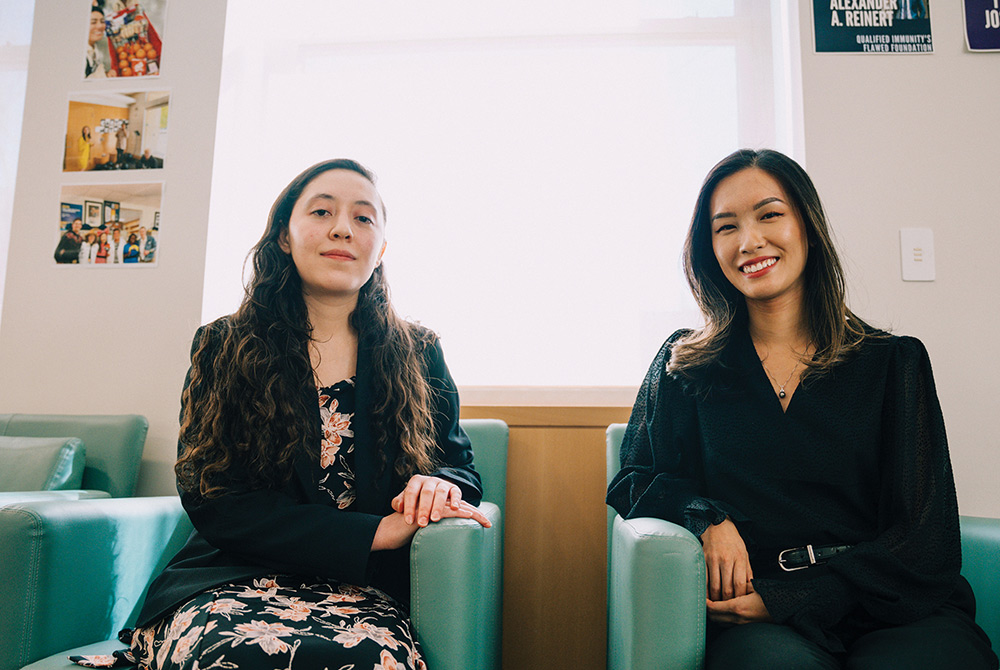
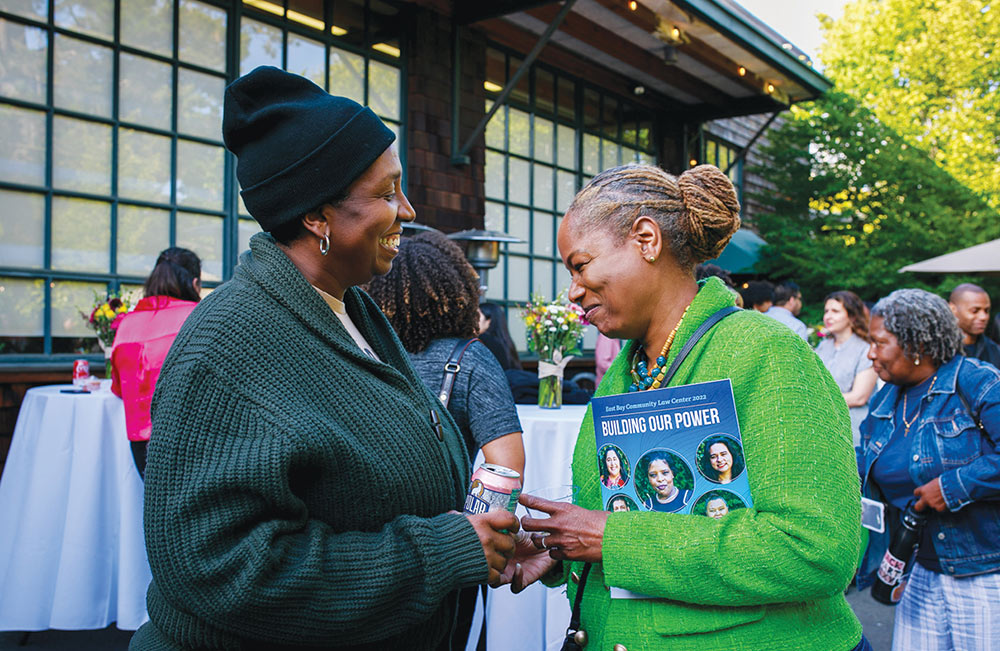
Juneteenth Celebration Serves Community Needs
“The Juneteenth holiday honors Black liberation and resilience. As an organization committed to racial justice, we were honored to open our doors and welcome our community for celebration and empowerment,” says Zoë Polk, executive director of EBCLC, which trains over 120 Berkeley Law students annually in legal services and policy advocacy addressing the needs of low-income communities through its eight community-based clinics.
Held on a sunny afternoon, the block party offered free in-person legal consultations on matters such as eviction defense, immigration relief, and consumer protection. Approximately 80 community members attended the all-day event, including meeting with attorneys and attending various workshops.
The Community Economic Justice Clinic and Healthy Black Families hosted a discussion on the history of gentrification and redlining in Berkeley, the right of return for Black Berkeley residents, and solutions for tenants and the unhoused. The Clean Slate Clinic and Bay Area Youth EMT led a workshop on recent changes in state law about criminal background and employment. And the Education Defense and Justice for Youth programs shared a presentation on the rights of young people facing expulsion from school and juvenile delinquency court cases.
EBCLC also hosted a conversation with the Walter and Elise Haas Fund, which recently launched its Endeavor Fund to close the racial and gender wealth gap and selected the center as a partner.

A Guiding Patent Light for Judges
The guide includes an overview of the patent system in each of the major patent nations and the European Patent Office, and explains the roles of the judiciary and patent offices. Each chapter covers specific aspects of the civil patent litigation process, such as early case management, discovery, and remedies.
Users can access the whole guide or build a custom road map from the offerings. Menell co-wrote the chapter on the United States with Allison Schmitt ’15, who directs the Berkeley Center for Law & Technology’s Life Sciences Project.
A specialized agency of the United Nations, the World Intellectual Property Organization serves as a global forum for intellectual property policy, services, information, and cooperation.
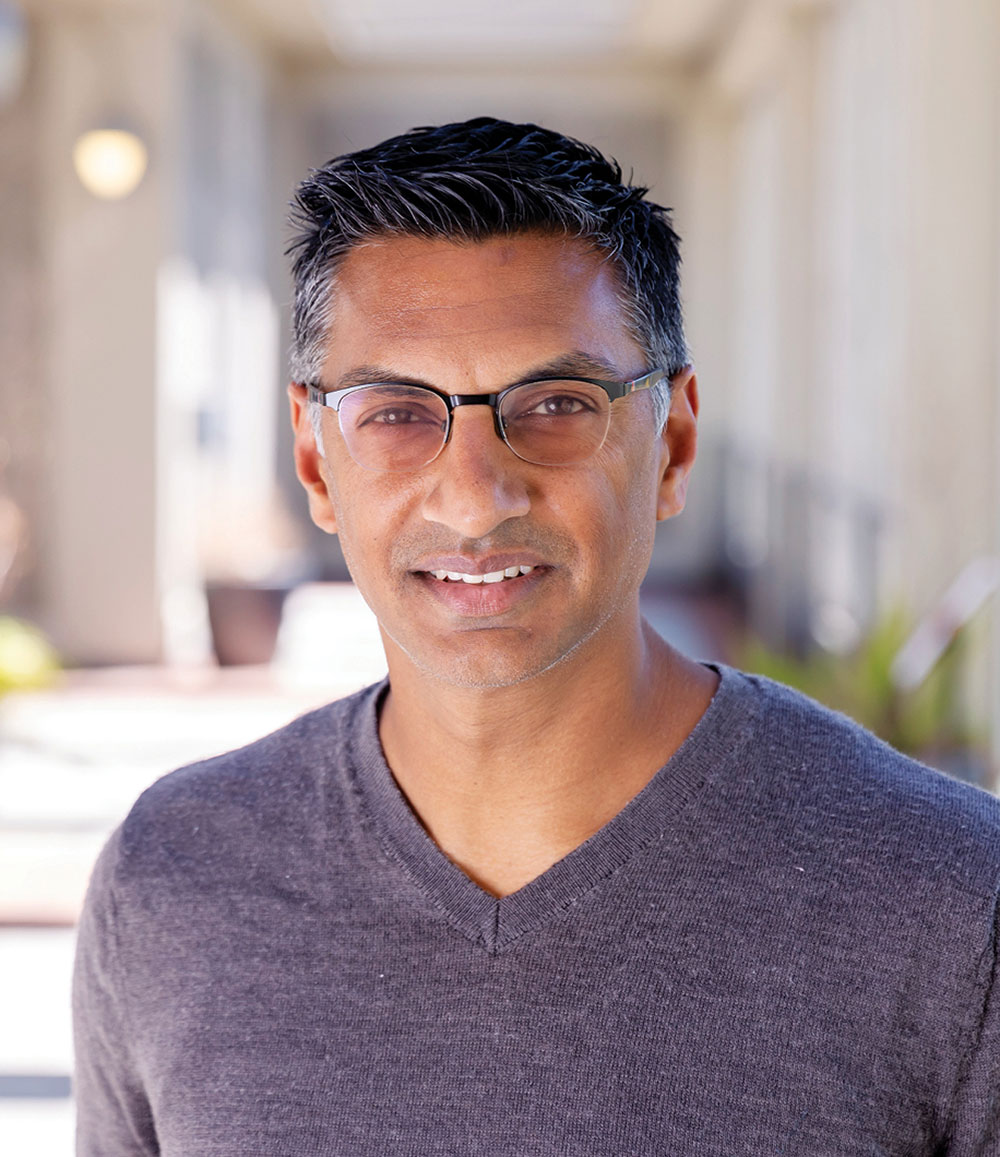
Carving a New Path
Not surprisingly, much of his early-career research addressed what went wrong.
That focus proved to be ideal preparation for understanding two more recent shocks to the U.S. financial system: The COVID-19 pandemic and this year’s collapse of several regional banks, including Silicon Valley Bank.
Krishnamurthy became more interested in both household and consumer-facing issues, partially through his work with Berkeley Center for Consumer Law & Economic Justice Director Ted Mermin ’96. The twin economic tremors have raised his profile and influence in California and nationally through op-eds, media coverage, and service on state commissions studying debt collection and antitrust laws.
“It’s been great that I can use my academic training and knowledge and contribute to public policy,” Krishnamurthy says. “But it’s also really changed my research focus — what I was doing didn’t seem like the right niche for me, whereas my work with Ted was really inspiring and got me interested in doing more.”
Krishnamurthy’s forthcoming work reflects that change of direction, including papers on public banking and student loan forgiveness, major research on debt collection in California funded by a Pew Charitable Trusts grant, and an ambitious data-driven project with fellow Berkeley Law Professors Abhay Aneja and Manisha Padi.
As he has refined his place in the academic firmament, he’s grateful for the support of his colleagues and Dean Erwin Chemerinsky: “It’s been one of the real pleasures of working at Berkeley, to explore this way.”
Stellar Placements for 2023 Grads
Seven Class of 2023 members received coveted Equal Justice Works fellowships — a school record, says Assistant Dean of Career Development Eric Stern. Fellows design a two-year project to address an underserved community’s unmet legal need, find a legal services organization to work for, and pursue sustainable solutions.
Berkeley Law’s fellows (Rachel Appel, Wilson Baker, Renée Coe, Elissa Gray, Sydney Moon, Rachel Smith, and Ishvaku Vashishtha) receive a salary equivalent to similarly qualified lawyers at their organization, health insurance and other benefits, up to $5,000 in annual loan repayment assistance, and leadership development training.
This year’s Berkeley Law graduates also accepted attorney and fellowship positions in myriad public interest organizations, public defender offices nationwide, and military placements with the Judge Advocate General’s Corps and U.S. Army Corps of Engineers. They also assumed an array of government jobs and secured 56 judicial clerkships, 37 of them in the just-begun term. In all, 96 alums are clerking in 29 states, Washington, D.C., and Palau.
Over half the class is working for large law firms in London, New York City, Washington, D.C., Chicago, Dallas, Houston, Denver, Minneapolis, Seattle, Albuquerque, Los Angeles, San Diego, San Francisco, and Silicon Valley, and 14 class members are employed at private public interest firms.
“We work hard to demystify the complex and often intimidating application processes for some of the most sought-after jobs, such as judicial clerkships, public interest fellowships, and government honors programs,” Stern says. “Our goal is to make sure these opportunities are accessible to any Berkeley Law student who wants to pursue them.”
Class of 2023 Graduates: Job Placement by the Numbers
Honored for Combating Antisemitism
Charlotte Aaron ’24, Hannah Krutiansky ’25, and Milton Zerman ’25 accepted the award on the board’s behalf in Tel Aviv at the AJC’s annual four-day global forum. Zerman spoke about its efforts to foster a welcoming community through holiday celebrations, Shabbat dinners, and other events. Jordan Cohen ’24, Noah Cohen ’24, Josh Eibelman’25, Adam Pukier ’24, and Ellie Rubinstein ’25 are also on the board.
“I am delighted that the American Jewish Committee has recognized the extraordinary efforts of these students to combat antisemitism and support Jewish students in the law school and on the Berkeley campus,” says Dean Erwin Chemerinsky.

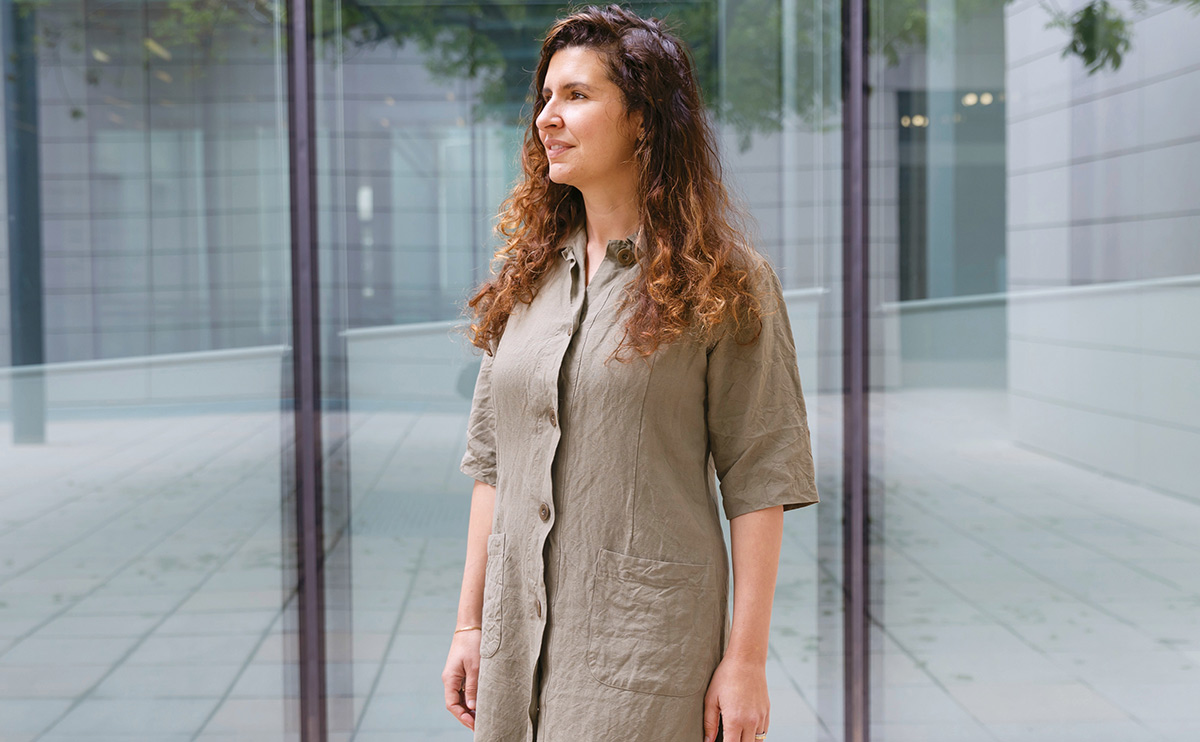
Homeless Advocate Fills Glaring Void
Her new book, Homeless Advocacy, is the resource she wished she’d had. Aimed at anyone interested in working with unhoused populations — law students, policy makers, social work students, activists — the book includes a history of homelessness, insights from unhoused people and those who work closely with them, and the legal challenges at hand.
“A lot of people in social justice or public interest legal positions work with populations experiencing homelessness,” Riley says. “But they aren’t necessarily given much training on what that means, or on what barriers clients encounter that are specific to their lack of shelter.”
At the Disability Rights Legal Center, she worked with cancer patients whose medical bills caused massive debt and created housing insecurity. Riley later worked with women veterans who endured military sexual trauma and others with post-traumatic stress disorder who also had trouble finding housing.
Calling homelessness a deeply rooted structural problem, she urges subsidized housing and coordinated services to combat it — especially for people who lack access to technology, whose first language isn’t English, or whose age, gender, or race creates safety concerns.
“It was important to me to bring in voices of practitioners who take different advocacy approaches and also voices of people with lived experience of homelessness because those voices rarely appear in legal texts,” Riley says. “The idea of the book is to inspire people to think of their own possible solutions that might work in their communities.”
The Growing Homelessness Problem
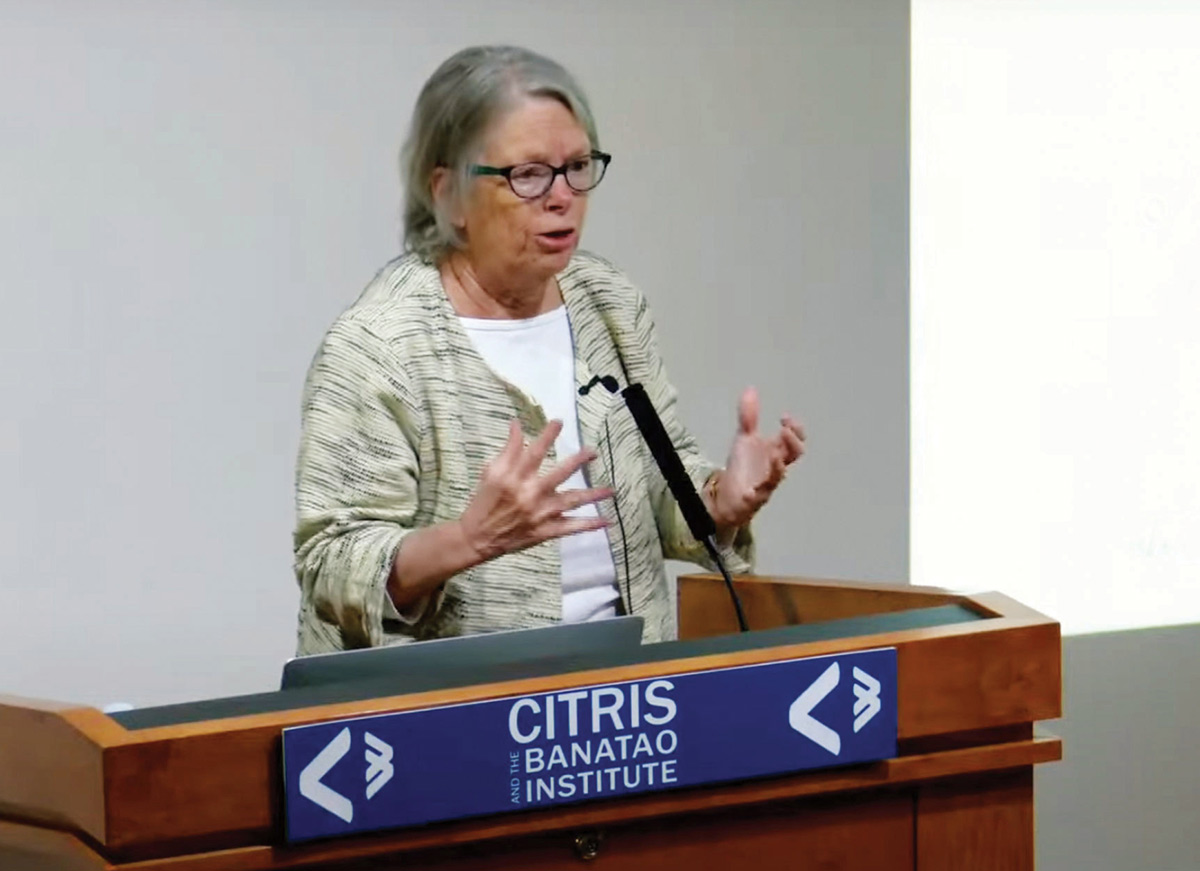
A Whole New Copyright Frontier
These suits allege that making copies of in-copyright works to train generative AI models is an infringement, as are outputs of these systems. Many in creative industries worry that AI-generated images, writing, and music will undercut the need for human artists.
The argument is a new version of a familiar story, Samuelson writes, from player pianos to photocopiers to VCRs. If generative AI seems poised to be more disruptive than previous technologies, one leading factor is the dizzying pace of its development.
Evolution in law and policy often lags behind, she explains, and it can be difficult to calibrate how to balance competing copyright interests in the early stages of development — not to mention accounting for different laws across the globe.
In addition to these lawsuits, Congress is exploring the issue and the U.S. Copyright Office plans to seek public comment ahead of releasing its own analysis. Scientists with an interest in generative AI would be wise to weigh in, Samuelson says.
“If the plaintiffs prevail, the only generative AI systems that may be lawful in the U.S. would be those trained on public domain works or under licenses, affecting everyone who deploys generative AI, integrates it into their products, and uses it for scientific research,” she writes.
Samuelson also gave the last of four 2023 UC Berkeley Distinguished Lectures on the Status and Future of AI, addressing some of these same concerns.
Rising Alum Leads New Federal Agency
In her previous position as the National Congress of American Indians’ vice president of government relations, Abbas played a key role in obtaining as well as implementing $22 billion of pandemic-related aid for tribal governments. Before that she worked as the first in-house general counsel for the Karuk Tribe along the California-Oregon border, helping to establish the tribe’s first gaming facility, and as the Colorado River Indian Tribes’ deputy attorney general.
Abbas also supervised the Karuk Berkeley Collaborative, a recent Berkeley Law Student-Initiated Legal Services Project.
